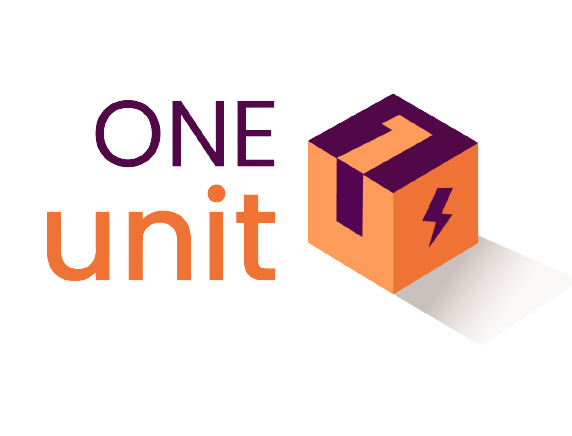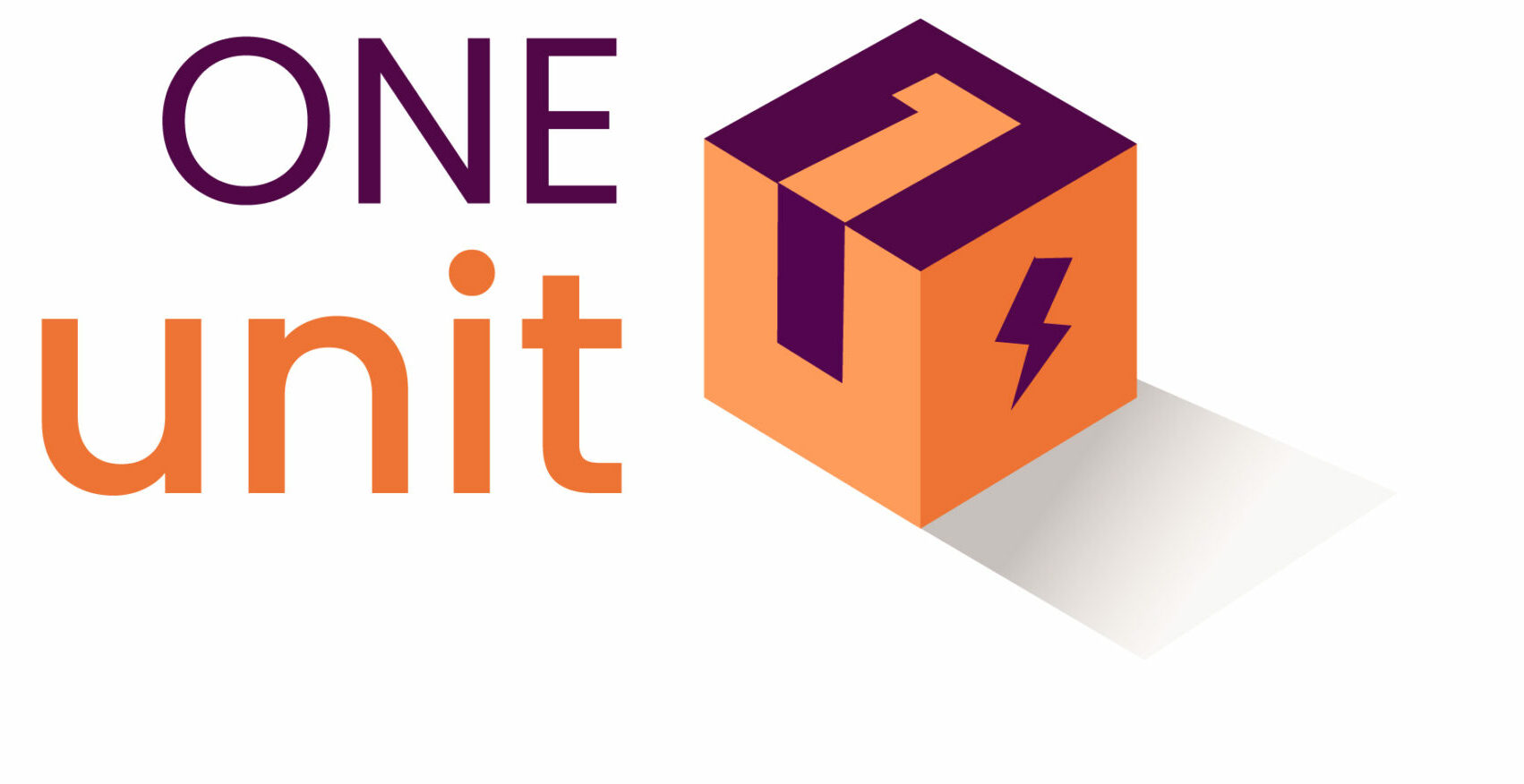Cybersecurity Challenges in Energy Monitoring Systems
Cybersecurity challenges in energy monitoring systems are of increasing concern as these systems become more interconnected and reliant on digital technology. Protecting energy infrastructure from cyber threats is critical to ensure the reliability and security of energy supply. Here are some of the key cybersecurity challenges in energy monitoring systems:
- Vulnerabilities in Legacy Systems: Many energy monitoring systems use legacy equipment and protocols that were not designed with cybersecurity in mind. These systems are often more susceptible to cyberattacks due to outdated security measures.
- Interconnectedness: As energy monitoring systems become more interconnected, they are exposed to a wider attack surface. Interconnected systems can create pathways for cybercriminals to access critical infrastructure.
- Remote Access: Energy monitoring systems often require remote access for maintenance and monitoring. However, this remote access can be exploited by attackers if not properly secured.
- Data Privacy: Energy monitoring systems collect and store sensitive data about energy consumption, grid operations, and infrastructure. Protecting this data from breaches and ensuring customer privacy is a significant challenge.
- Supply Chain Risks: Energy monitoring systems rely on components and software from various vendors. The supply chain can introduce vulnerabilities if not thoroughly vetted and monitored for security risks.
- Zero-Day Vulnerabilities: As cyber threats evolve, attackers may discover and exploit zero-day vulnerabilities in the software and hardware used in energy monitoring systems.
- Phishing and Social Engineering: Cybercriminals often use phishing emails and social engineering techniques to target employees or contractors with access to energy monitoring systems, seeking to gain unauthorized access.
- Insider Threats: Insiders with knowledge of the system may pose a risk, whether through malicious intent or inadvertent actions. Proper access control and monitoring are essential.
- Lack of Security Awareness: Energy personnel may not be adequately trained or aware of cybersecurity best practices, making them more susceptible to social engineering attacks.
- Regulatory Compliance: Meeting regulatory requirements for cybersecurity in the energy sector can be challenging, as regulations are constantly evolving, and compliance can be resource-intensive.
- Distributed Energy Resources (DERs): The integration of renewable energy sources and distributed energy resources, such as solar panels and wind turbines, into the grid introduces new cybersecurity challenges, as these devices may not have robust built-in security features.
- Cyber-Physical Attacks: Cyberattacks on energy monitoring systems can have real-world, physical consequences, such as power outages, which can impact critical infrastructure and public safety.
Benefits:
- Protection of Critical Infrastructure: Enhancing cybersecurity safeguards the integrity and availability of energy infrastructure, reducing the risk of cyberattacks that could disrupt energy supply and impact critical infrastructure.
- Reliability and Resilience: Improved cybersecurity measures increase the reliability and resilience of energy monitoring systems, ensuring uninterrupted operations even in the face of cyber threats and attacks.
- Data Integrity: Cybersecurity measures help maintain the integrity of data collected by energy monitoring systems, ensuring that the information used for decision-making is accurate and trustworthy.
- Preventing Unauthorized Access: Robust cybersecurity controls prevent unauthorized access to energy monitoring systems, safeguarding sensitive data and critical infrastructure from malicious actors.
- Reduced Downtime: By preventing cyberattacks and disruptions, energy monitoring systems can operate continuously, reducing downtime and associated financial losses.
- Cost Savings: Avoiding cyber incidents and their associated costs, such as system recovery, reputation damage, and regulatory fines, results in significant cost savings.
- Compliance with Regulations: Effective cybersecurity helps energy companies comply with regulatory requirements related to data protection and cybersecurity standards, avoiding legal and financial penalties.
- Data Privacy: Protecting energy monitoring systems from cyber threats preserves the privacy and confidentiality of sensitive data, including customer information and business operations.
- Public Trust: Robust cybersecurity practices enhance public trust in energy providers and utilities, as customers and stakeholders have confidence that their data and services are secure.
- Safeguarding the Grid: A secure energy monitoring system contributes to the overall security of the electrical grid, reducing the risk of cyberattacks that could disrupt power distribution.
- Cyber-Physical Safety: Protecting energy monitoring systems prevents cyber-physical attacks that could have real-world consequences, ensuring public safety and the reliability of critical infrastructure.
Drawbacks:
- Data Breaches and Privacy Concerns:Cybersecurity vulnerabilities can lead to data breaches, compromising the privacy of sensitive information, such as customer data, operational details, and intellectual property.
- Operational Disruption:Cyberattacks can disrupt the operation of energy monitoring systems, potentially causing downtime and impacting the reliability of energy services.
- Energy Supply Disruption:A successful cyberattack on energy monitoring and control systems can lead to supply disruptions, impacting both residential and industrial users.
- Financial Losses:Cybersecurity incidents can result in financial losses due to system recovery costs, regulatory fines, legal expenses, and reputational damage.
- Regulatory Non-Compliance:Failure to implement robust cybersecurity measures can result in non-compliance with industry-specific regulations and data protection laws, leading to legal repercussions.
- Safety Risks:Cyber-physical attacks on energy monitoring systems can pose safety risks, potentially leading to accidents, injuries, and environmental damage.
- Reputation Damage:Cybersecurity incidents can harm the reputation of energy providers, eroding trust among customers and stakeholders.
- Lack of Cyber Awareness:A lack of cybersecurity awareness and education among employees and stakeholders can increase the risk of human error and social engineering attacks.
Conclusion:
In conclusion, cybersecurity challenges in energy monitoring systems represent a critical concern for the energy industry and society as a whole. These challenges demand vigilant attention and robust measures to ensure the integrity, reliability, and security of energy infrastructure.
To mitigate these challenges, organizations must adopt a proactive and multi-faceted approach to cybersecurity, including the implementation of robust security measures, regular employee training, and the establishment of incident response plans.
Call us on 8291366254
Mail us at:prashant.yadav@oneunit.in





